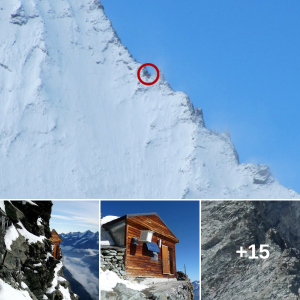Last week, local media reports indicated that a meteorite hit the Cuban town of Viñales after soaring across the Florida Keys, with residents reporting hearing a massive sonic boom as well as seeing a trail in the sky. The event was apparently picked up by the National Weather Service Key West’s radar some 26,000 feet off the ground, as well as caught on film by locals and a webcam in Ft. Myer connected to EarthCam.
Now we know just how powerful that event was. According to new data posted by the NASA Jet Propulsion Laboratory’s Center for Near Earth Object Studies and flagged by CNET, the object’s collision with the atmosphere released the energy of around 1.4 kilotons (1,400 tons) of TNT.

That may sound like a lot (and it is). But such events are relatively common, just usually pass without much fanfare. Roughly 71 percent of the Earth’s surface is covered by water, and humans are far from equally distributed over its land, meaning that many impacts go with few or no human eyewitnesses.
A number of impacts in 2018 exceeded last week’s, though as CNET noted, the detonation over Cuba was one of the more notable fireballs since the meteor that hit Chelyabinsk, Russia near the nation’s border with Kazakhstan in 2013. Scientists say that explosion detonated with the force of over 470 kilotons of TNT, or nearly as strong as the MK-18 “Ivy King” in 1952, the largest pure-fission bomb ever tested by the U.S. at 500 kilotons. According to a Tulane University fact sheet, the Chelyabinsk object was probably around 56-65 feet (17-20 meters) in diameter.





